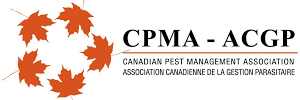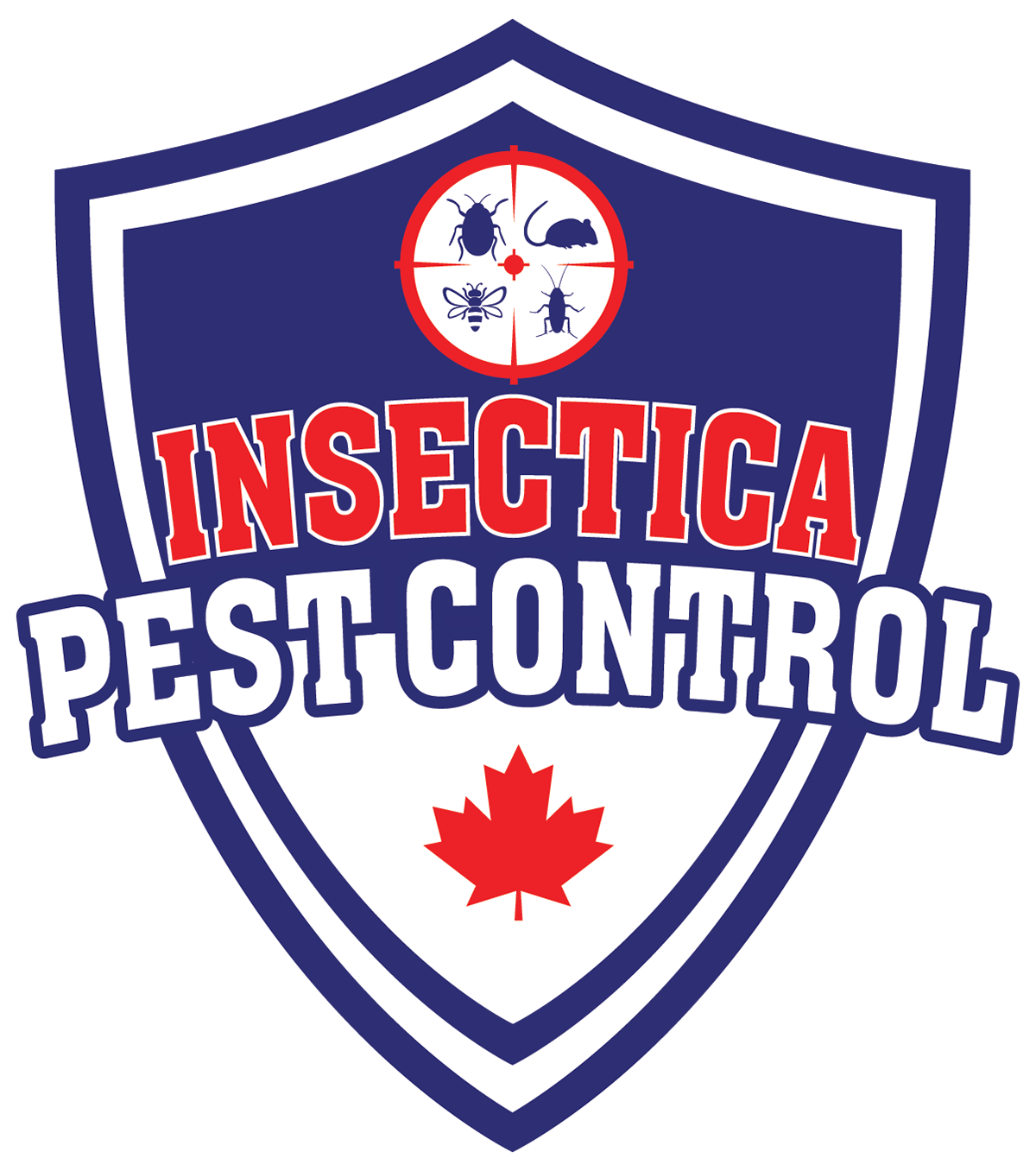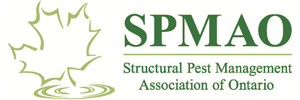Toronto's #1 Rated Cockroach Extermination Service
Affordable, fast & effective. Certified local experts serving Scarborough, North York, Etobicoke, Mississauga & all GTA.
Your Neighborhood Pest Control Experts
Based in Toronto, we understand local pest challenges and respond faster than national chains
Faster Response
Local teams reach you in under 30 minutes across Toronto
Community Trust
145+ five-star reviews from your neighbors
Area Knowledge
We know Toronto buildings and their pest patterns
Flexible Scheduling
24/7 emergency & weekend appointments available
Rapid Response Across Greater Toronto Area
Downtown Toronto
< 30 mins
450+ completed
North York
< 1 hour
380+ completed
Scarborough
< 1 hour
320+ completed
Etobicoke
< 1 hour
290+ completed
Mississauga
< 1.5 hours
410+ completed
Brampton
< 2 hours
250+ completed
Markham
< 1.5 hours
280+ completed
Vaughan
< 1.5 hours
220+ completed
Richmond Hill
< 1.5 hours
190+ completed
Ajax
< 2 hours
160+ completed
Pickering
< 2 hours
140+ completed
Oshawa
< 2.5 hours
120+ completed
Don't see your area? We serve all of GTA and surrounding regions.
Why Toronto Chooses Insectica Pest Control
See how we compare to national chains and local competitors
| Feature |
Insectica That's Us! |
Orkin | Terminix | Local Chains |
|---|---|---|---|---|
| 5.0 Google Rating (145+ Reviews) | ||||
| 24/7 Same-Day Emergency Service | ||||
| Free Inspection & Quote | ||||
| 100% Satisfaction Guarantee | ||||
| Family-Owned & Local | ||||
| Transparent Pricing (No Hidden Fees) | ||||
| Eco-Friendly & Pet-Safe Treatments | ||||
| Ontario Licensed & SPMAO Certified | ||||
| Unlimited Follow-Up Visits | ||||
| Average Response Time | < 30 mins | 24-48 hrs | 48+ hrs | 4-6 hrs |
| Starting Price | From $150 | $350+ | $400+ | $250+ |
Cockroaches are hardy, nocturnal scavengers that thrive in warm, humid areas. They commonly infest kitchens, bathrooms, basements, and any spot with food or moisture (under sinks, drains, behind stoves, etc). Cockroaches eat almost anything organic – crumbs, grease, decaying matter – and readily invade food storage. Importantly, cockroaches are carriers of pathogens: they walk through garbage, sewage, or sewers and then contaminate food, dishes, and surfaces with bacteria (such as Salmonella, E. coli, etc.). Their shed skins, saliva, and droppings can also trigger allergies and asthma in sensitive people. Because they multiply rapidly, even a few cockroaches often signal a larger hidden infestation. Eliminating cockroaches is essential not just to prevent damage, but to protect health and food safety.
Your Home or Business. Pest-Free. Guaranteed by Toronto’s Best.

Canadian Pest Management Association (CPMA)

The National Pest Management Association (NPMA)

Canadian Federation of Independent Business (CFIB)
Insectica Pest Control Toronto Google Reviews
Check out authentic Google reviews of our expert pest control services in Toronto.
Hear from satisfied customers who trust our proven solutions.

Sara S

Michel Fotsing F

Xima
Swift, prompt and knowledgeable service! Very nice technician came out within 15 mins of calling to do the free inspection and subsequent treatment. He was very thorough with the treatment as well, highly recommend

Samiul Wahid
There were soo many cockroaches and insects in my house. After they came and put insecticide in my house, it really worked. Right now there is not a single insect or cockroach in my house. They also cleared some rats within few mins. I really liked their service

Sajith Vellappillil
I would love to convey my gratitude for providing affordable and reliable hornet and wasp control service in Brampton. Insectica discussed different options to resolve the issue. It was easier for me to take the best and most effective option. I highly recommend Insectica Pest Control Inc.
Your Questions, Answered
Everything you need to know about our cockroach control services
How do I know if I have cockroaches?
Look for small, fast insects that hide when lights turn on, pepper-like droppings, oval egg cases (oothecae), shed skins, a musty odour, and smears near warm, humid spots (kitchens, bathrooms, behind appliances). Glue monitors placed along baseboards and under sinks help confirm activity and hotspots. Night checks with a flashlight (especially around dishwashers, fridges, and under sinks) are effective. In multi-unit buildings, activity in one unit often means neighbouring units are affected too, so monitoring should extend beyond a single suite. (City of Toronto)
Are cockroaches dangerous?
Yes—roaches can spread bacteria and allergens. They contaminate food and surfaces as they forage, and their shed skins and droppings are linked to allergy and asthma symptoms, especially in children. Reduce exposure by cleaning food residues, sealing entry points, fixing leaks, and using targeted control methods (baits/IGRs) safely. If using any pesticide, choose Health-Canada-approved products with a PCP number and follow the label exactly.
Why do I have roaches if my home is clean?
Sanitation helps, but it isn’t the only factor. Cockroaches look for warmth, moisture, shelter, and any available food—including crumbs, cardboard glue, and even soap. In apartments/condos, they can spread through walls, pipes, and shared hallways, so a neighbour’s infestation can seed yours. That’s why integrated control (sanitation + exclusion + monitoring + professional treatment) is key, not “cleaning alone.”
Which cockroach species are most common in Toronto/Ontario?
The German cockroach is by far the most common indoor species. Others you may encounter include American, Oriental, and brown-banded cockroaches. German cockroaches prefer warm, humid interiors and reproduce quickly, making early detection and sustained control essential.
Can cockroaches survive Ontario winters?
Outdoors, cold snaps are lethal; however, roaches easily survive Canadian winters by living indoors where there’s heat, water, and food. Kitchens, bathrooms, boiler rooms, and garbage areas let populations persist year-round in homes and multi-unit buildings.
How fast do cockroaches reproduce?
Very quickly. A single German cockroach female produces multiple egg cases (oothecae), each with dozens of eggs. Depending on conditions, eggs can hatch and grow to reproducing adults in roughly 2–3 months, which is why small problems can explode fast if untreated.
What should I do before a professional cockroach treatment?
Declutter, deep-clean food prep areas, empty and wipe cabinets, and fix leaks to remove water sources. Put away pet dishes and cover aquariums as directed. Your technician may ask you to leave baits undisturbed, pull appliances forward, and bag/clear specific items. Preparation improves bait access and speeds results.
How long until treatment works?
Expect a noticeable drop within days, with steady declines over 2–4 weeks as baits circulate through the population. Follow-up visits and ongoing sanitation/sealing are crucial because egg cases can hatch later and re-seed activity. Staying the course with monitoring and maintenance is what eliminates—not just reduces—an infestation.
Do sprays kill roach eggs?
Most eggs are protected inside an ootheca, which acts like a shield. That’s why professionals rely on a program: sanitation, insect growth regulators (IGRs), targeted baits, dusts in voids, and follow-ups timed to catch newly emerged nymphs. Vacuuming and removing egg cases helps, too.
What’s the best DIY step while I wait for service?
Focus on three things: (1) remove food/water sources (clean, containerize, fix leaks), (2) place sticky monitors to map hotspots, and (3) use Health-Canada-approved roach baits exactly as labeled, keeping children/pets safe. Avoid over-spraying—repellents can scatter roaches and reduce bait uptake. (Canada.ca)
What does “integrated pest management (IPM)” mean for roaches?
IPM combines prevention (sanitation, sealing cracks, door sweeps), monitoring (glue boards, inspections), and targeted controls (baits, IGRs, selective dusts). It avoids blanket spraying and focuses on long-term results with fewer risks to people and pets. This is the standard professional approach used by major providers.
Who pays for cockroach treatment in rentals in Toronto/Ontario?
In Ontario, landlords must keep rentals habitable and address pests; tenants must keep ordinary cleanliness and cooperate with treatment/prep. If a landlord isn’t responding, tenants can document the issue and contact the city (e.g., 311 in Toronto) or the Landlord and Tenant Board for next steps. (City of Toronto)
Will roaches spread between units?
Yes. They can travel through wall voids, plumbing and electrical chases, laundry rooms, garbage chutes, and hallways. That’s why multi-unit buildings need coordinated inspection, baiting, and sealing across affected floors/lines—not just in a single suite. (City of Toronto)
How do roaches get into clean homes and businesses?
They often “hitchhike” inside on deliveries, second-hand appliances/furniture, cardboard, and luggage. Once established, they hide in tight cracks and reproduce quickly. Quarantine high-risk items, inspect boxes/appliances, and reduce cardboard storage to lower the chance of accidental introductions.
What immediate steps help prevent a comeback after treatment?
Keep food in sealed containers, wipe up crumbs/grease daily, empty garbage frequently, fix leaks/condensation, store cardboard off the floor, and seal gaps around pipes/baseboards. Continue using monitors after service; they’re an early-warning system that tells you if activity returns. (City of Toronto)
Are professional products safe for kids and pets?
When used correctly, modern baits and IGRs target roaches while minimizing exposure. Always choose products with a Health Canada PCP number and follow the label, placement, and re-entry directions provided by your technician. Store products out of reach and ventilate as directed. (Canada.ca)
Do I need ongoing service or just a one-time visit?
Cockroach control is rarely “one-and-done.” Because egg cases hatch over time and re-infestation risks remain (deliveries, neighbours, leaks), leading providers favour a program: initial knockdown, follow-ups, and preventive maintenance—to keep populations at zero.
What’s the single biggest mistake DIYers make?
Relying on over-the-counter sprays alone. Repellents can scatter roaches, contaminate bait placements, and push them deeper into walls. A strategic plan—sanitation, sealing, monitoring, plus professional-grade baits/IGRs—works faster and lasts longer.
Get Rid of Cockroaches Today
Call or Text 24/7
+1 888 332 2151
Email Us
info@insectica.ca
Hours
24/7 Emergency Service
Serving Greater Toronto Area
Toronto • North York • Scarborough • Etobicoke • Mississauga • Brampton • Markham • Vaughan • Richmond Hill • Pickering • Ajax • Oshawa
Get Your Free Quote
By submitting, you agree to receive communications from Insectica. No spam, ever.

